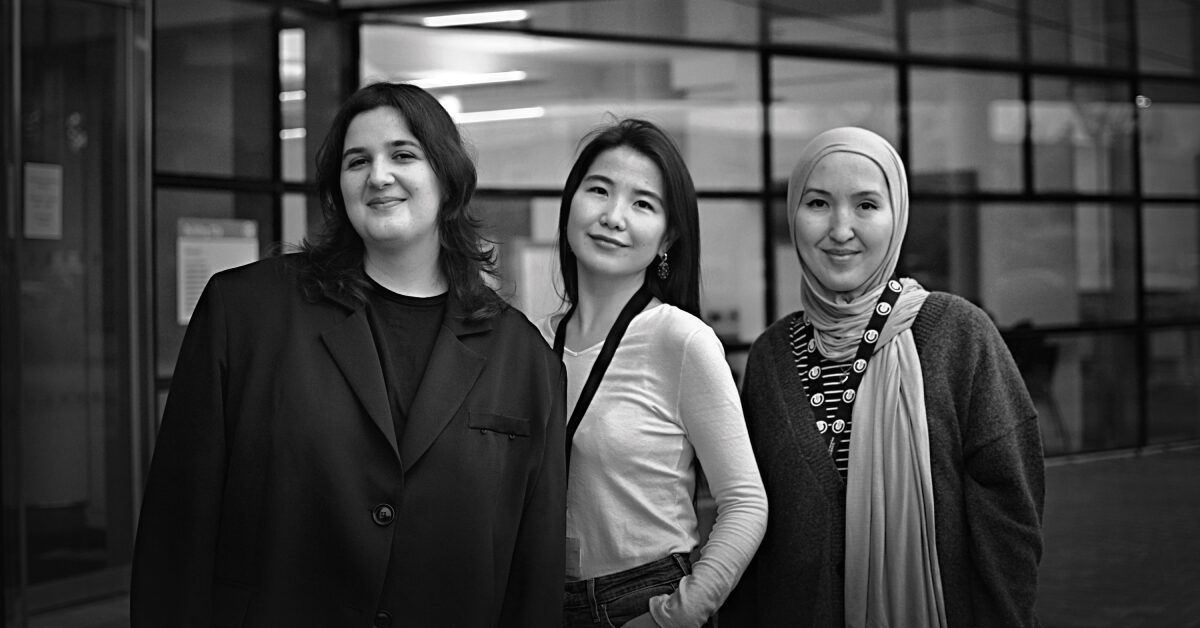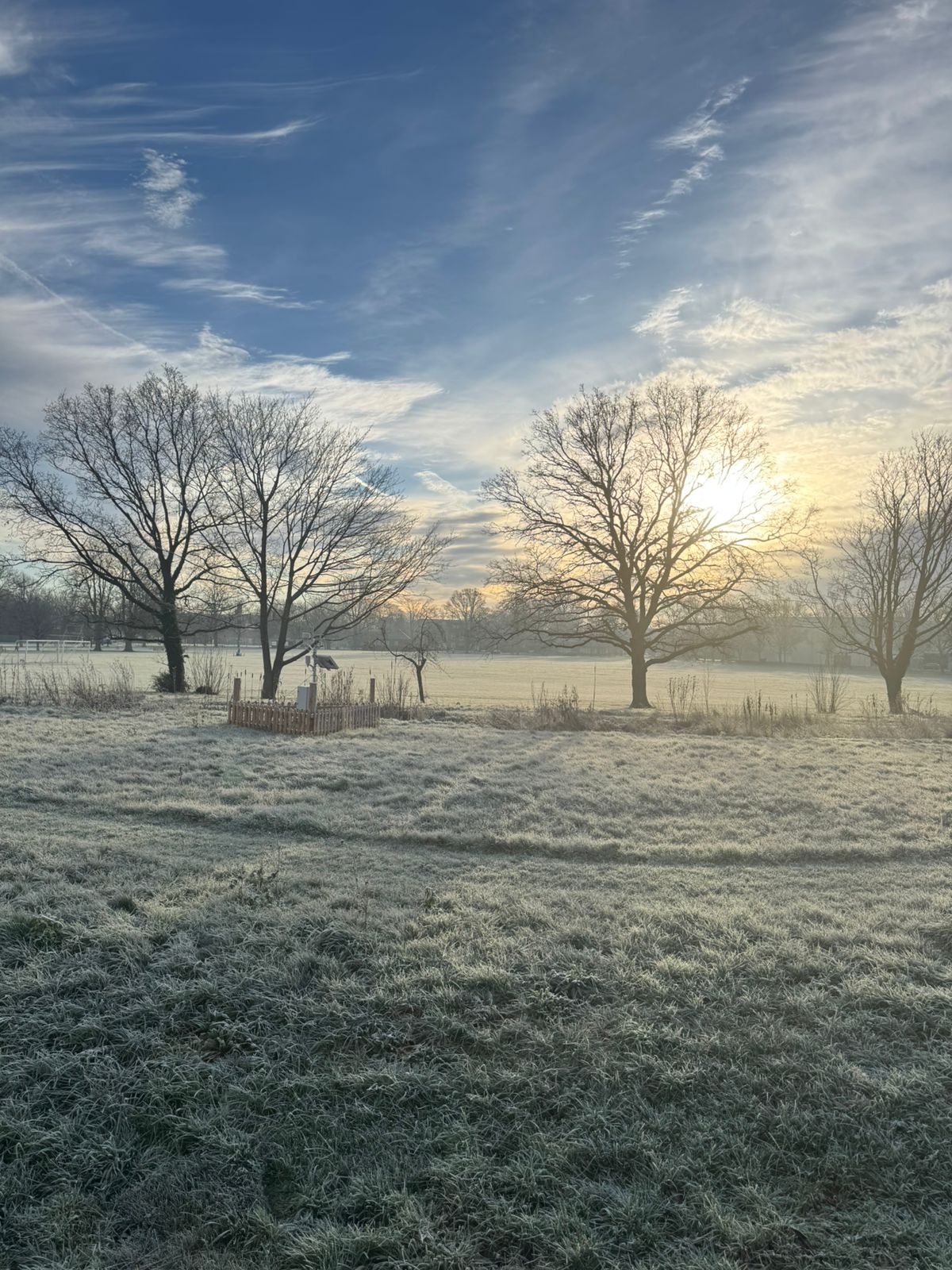Creating Impact: Women in STEM Scholars discuss their journey and aspirations
10/02/2025

We recently had the opportunity to catch up with some of your Women in STEM scholars to discuss what receiving the scholarship means to them, their experiences studying and living in the UK, their plans for the future after graduation and any advice or tips they have for aspiring Women in STEM applicants.
What does it mean to be a Women in STEM scholar?
Seval – Being a Women in STEM scholar means having the confidence and support to pursue my passion for science, engineering and technology, while also serving as a role model for other women entering these sectors . During this process, I was approached by several female scholars on LinkedIn who asked about my experience and I did my best to share useful insights. The scholarship has been a constant reminder that women’s contributions to STEM are invaluable and that there is a dedicated community rooting for our success.
Mariam – Being a Women in STEM scholar is about joining a powerful community that empowers women to excel in traditionally male-dominated fields. It signifies a commitment to challenging stereotypes and inspiring the next generation of female leaders in science and technology.
How have you found studying and living in the UK?
Mariam – My experience in the UK has been truly enriching. The cultural diversity at Cranfield has been a highlight, exposing me to different perspectives and valuable international connections. Beyond academics, exploring the UK has been an unforgettable journey. From the historical wonders of Scotland to the magical world of Harry Potter, every experience has broadened my horizons and enriched my personal growth.
Seval – Studying in the UK has been a transformative experience. I previously studied public administration in Germany, and I believed that the UK—given the global nature of engineering—would be one of the best places to learn about and participate in worldwide developments. The multicultural environment at Cranfield d has allowed me to collaborate with people from varied backgrounds and deepen my understanding of global issues. Outside of my academic work, I have enjoyed exploring British culture, trying new foods, and traveling around the country. The balance between academic rigor and personal discovery has been truly rewarding.
Thinking about the future and life after Cranfield, what are your plans?
Seval – After completing my studies, I hope to apply my research and leadership skills in a role where I can develop innovative technologies or strategies that have a positive social or environmental impact. By combining my public-sector experience in Türkiye with the knowledge I gained through this MSc , I feel well-prepared and confident to excel in my career. I also look forward to continuing to mentor young women, encouraging them to pursue STEM careers, just as I was inspired by others before me.
Mariam – After completing my studies, I plan to return to my home country and contribute to Georgia’s growing AI sector. I aim to gain valuable industry experience before pursuing a PhD, deepening my research in this area.
Have you got any advice for future Women in STEM applicants, looking to complete their application?
Mariam – The application process was relatively straightforward. For future applicants, I strongly advise crafting a sincere and compelling cover letter that effectively conveys your passion for STEM and your unique contributions to the field.
Seval – The application form was straightforward to complete, but I made sure to be specific and highlight achievements and goals that aligned with the scholarship’s values. My top tips would be:
Reflect on your experiences: Emphasise how they have shaped your passion for STEM and your drive to contribute to the field.
- Be realistic: Clearly define who you are and what you hope to achieve. Authenticity will help your application stand out.
- Ask for feedback: Have someone review your application for clarity and consistency.
Categories & Tags:
Leave a comment on this post:
You might also like…
Make Google Scholar work even harder for you!
Google Scholar can be a great place to start your search on a topic as it is easy to use and searches a huge range of sources. However, it does not search everything, and it ...
Executive Insights: Studying Logistics and Supply Chain While Leading a Business
Q&A with Rory Comerford, Managing Director, Capcon Limited “I chose to study the part-time Executive Logistics and Supply Chain Management MSc at Cranfield to advance my career and gain a deeper understanding of this ...
Too much to do? Can’t get your thoughts down on paper?
Our Study Skills Hub has two sections that may be able to help you! In Time Management we have some great tips on how to manage your time, to prioritise, and de-stress. First of all, ...
How do I cite… quotations from video content in the APA7 style
When you quote from another source in your writing, you would traditionally include a page number in your in-text citation. But what do you do when there are no pages? How would you cite a ...
Using what you read in what you write – Summarising, paraphrasing and quoting other authors
University life involves a serious amount of reading and writing. We study the work of other people to inform ourselves about a topic. When we then re-use that knowledge to create our own work, we ...
Referencing in APA7: Using shortened URLs
As you may be aware, when you are referencing a website or any internet-based source you need to include the source URL. For most conventional reference lists, it is fine to include the URL or ...














